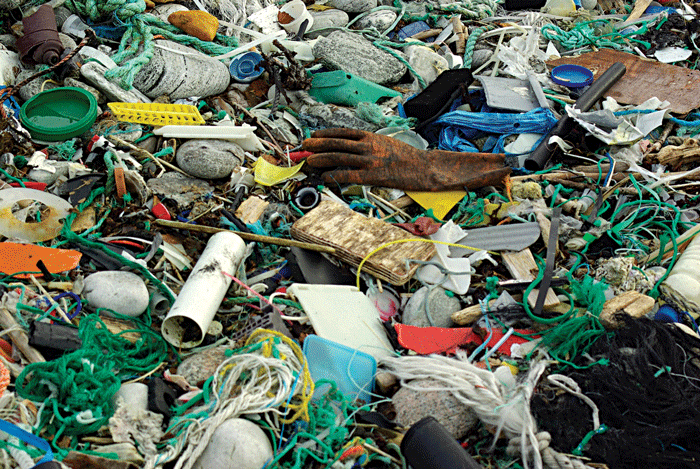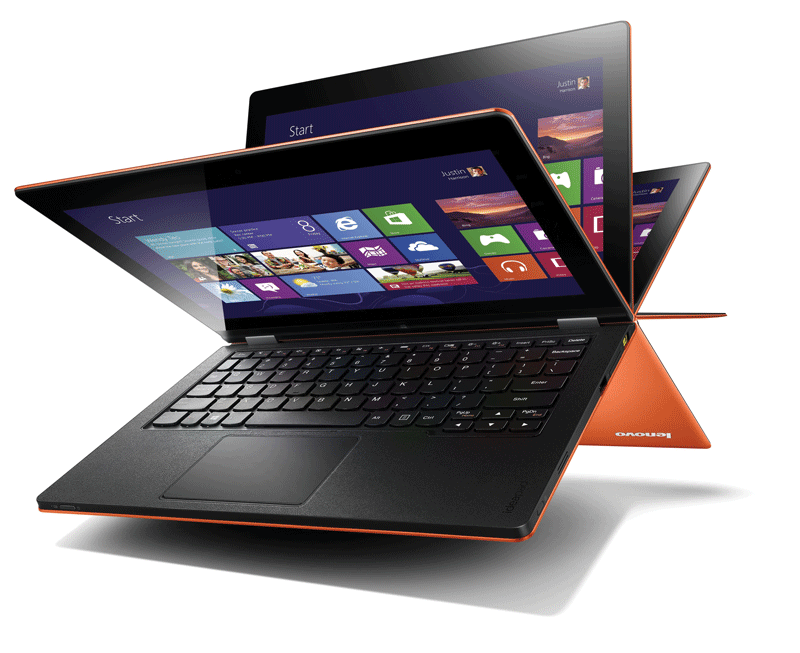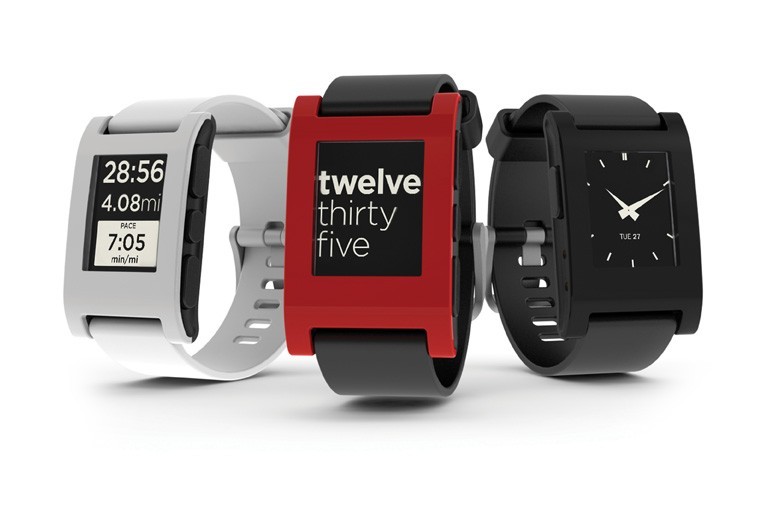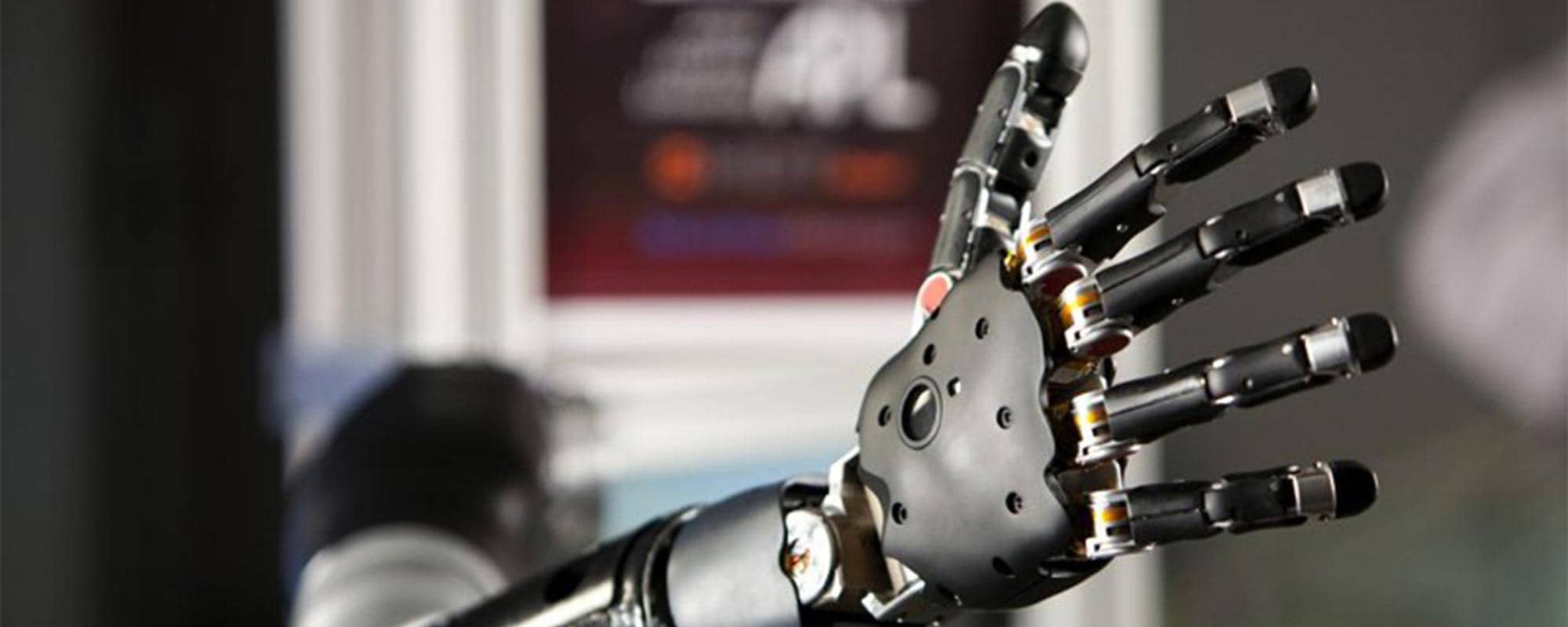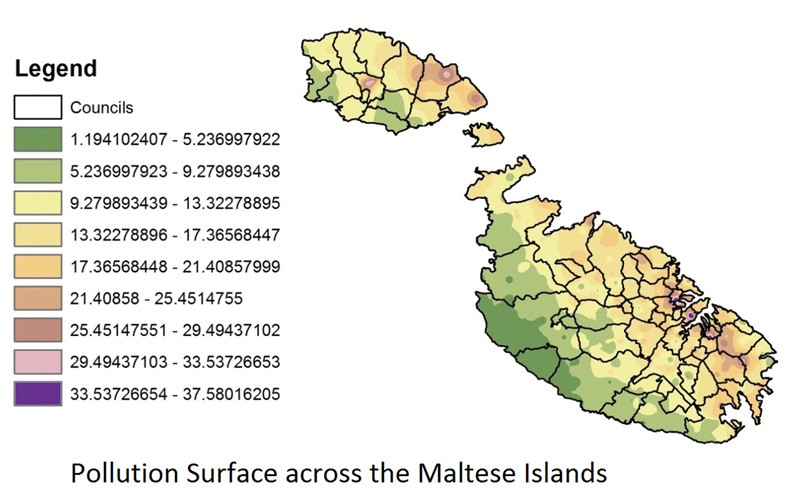Which tablet?
A few weeks ago a good friend of mine made the mistake to ask, ‘Which tablet should I buy?’ After two hours and a long rant, I think he regretted asking that question.
The reason? Until a few years ago buying a tablet was easy, few products really competed with the iPad. Now, however, the choice is much more difficult.
The tablet market is very varied with products ranging in price from a few hundred euro to €1000. So are the more expensive tablets always better?
The answer has to be a resounding ‘no’. And the choice is not limited to budget. You would also need to consider size, both physical and memory-wise, OS (Operating System), and manufacturer.
The right choice mostly depends on the intended use. As an e-book reader alternative, a light and portable 7 to 8 inch tablet seems ideal. Here Google’s Nexus 7 proves an excellent budget choice, with the iPad Mini a more expensive but stylish alternative.
Size does matter. If you intend to use your tablet to browse the internet or watch movies a 10 inch tablet is your best choice. Here the iPad Air still provides a powerful tablet with an excellent display in a lightweight package. Equally strong and stylish are the offering from other manufacturers such as the leather cladded Samsung Galaxy Note and the waterproof Sony Xperia Z2.
If you wish to replace your laptop with a tablet, now you can. Windows based tablets as the Microsoft Surface Pro 2 add a clever keyboard and a full Windows 8.1 experience to provide a real alternative to a laptop. Hybrids such as the Asus Transformer, a netbook with a detachable screen, and the Lenovo Yoga show that functionality does not need to be sacrificed when opting for a tablet.
I could go on, and on and on…
Mirrorless Revolution

About 2 years ago I was faced with a tough camera choice. I had been a Canon user for years having used a number of their DSLRs (a professional camera) and amassed more lenses than I needed.
Nevertheless, mirrorless cameras were starting to interest me with their attractive features. I loved the idea of carrying a lighter, compact camera with DSLR capabilities.
Ok, some explanations for the less geeky: film SLRs required a mirror. The mirror diverts the image to the viewfinder (where your eye can look through) but moves out of the way to expose the film when taking a picture.
Digital SLRs making use of an optical viewfinder still require a mirror. However, there is an alternative. A small display can replace the optical viewfinder. The main advantage being that eliminating the mirror allows for smaller and lighter cameras. There are disadvantages. Older electronic viewfinders are of low quality — a problem that is disappearing with the latest cameras such as Sony’s NEX, Olympus OM-D and Fuji X ranges.
Another disadvantage is focusing speed. Mirrorless cameras adopt slower contrast detection methods rather than the phase systems found on DSLRs. Such problems are being addressed through on-chip phase detection in the Nikon 1 cameras.
Finally, the smaller sensor size of mirrorless cameras reduces the camera’s image quality. Again, Sony’s new cameras, the Alpha 7 and 7R, provide full-frame sensors in a small and sturdy body .
With the ever-increasing range of high quality lenses for mirrorless cameras, it is tough to ignore them when choosing a new camera. I now find myself picking up my mirrorless camera, rather than my DSLR, more and more often.
Time to buy a smart watch?

Just a few years back, mobile phones could make and receive a call, store a few numbers, and that’s it. That’s all they could do. Over the last few years, phones have grown ‘smarter’; they can surf the web, take photos, keep up-to-date on Facebook and Twitter, play games and music, read books and much much more.
Many argue that our watches are next in line for such a transformation. And considering the excitement brought about by the recent announcements of the smartwatch from Samsung, the Galaxy Gear, few will argue against that. Samsung is not the only player vying for the big potential return of smartwatches. Another heavyweight in the technology business, Sony, has been on board for a few years and have just announced their SmartWatch2.

Many small start-ups have also joined the furore delivering watches such as the Pebble, the Martian Passport, the Kreyos Meteor, the Wimm One, the Strata Stealth and the rather unimaginatively named: I’m watch.
All these smartwatches provide basic features such as instant notifications of incoming calls, smses, facebook updates, and tweets through a bluetooth connection with a paired phone. They often also allow mail reading and music control.
With so many players and no clear winner, the technology still needs to mature. Sony and Samsung use colour LED-based displays. Their setbacks are poor visibility in direct sunlight and a weak one-day battery life. Others use electronic ink, the same screen as e-readers, with excellent visibly and much improved battery life, sadly in black and white or limited colour.
User interaction also varies. While the Pebble and the Meteor favour a button-based interface, all other players utilise touch and voice control.
The differences do not stop there. Not all watches are waterproof – and do you really want to be taking off your watch every time you wash your hands? Also, some watches, like the I’m watch, provide a platform for app development, with new apps available for download every day.
One big player is still missing. Rumours of Apple’s imminent entry into the smartwatch business have been circling for a couple of years.
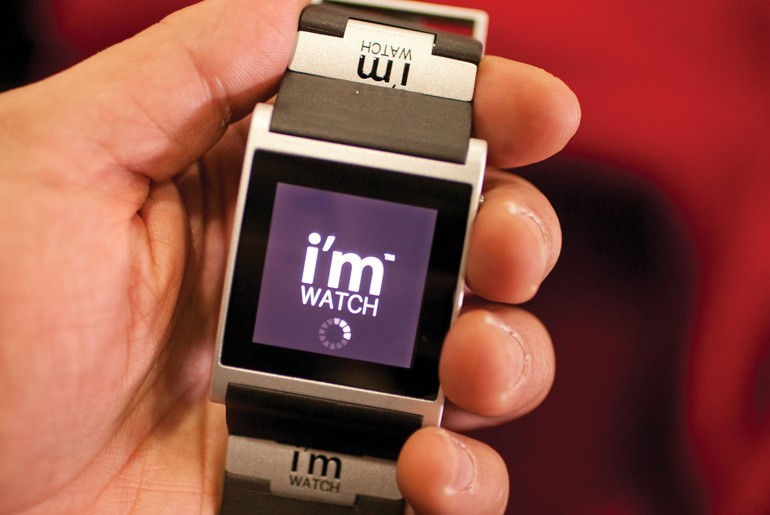
While guessing Apple’s watch name is easy — the iWatch, the technology has been kept under covers. As with other Apple products, their watch will not be first to market. Are they again waiting for the technology to evolve enough to bring out another game changer like the iPod, the iPhone, and more recently, the iPad? Only time will tell.
My biggest problem with any smartwatch available is that none seem truly ‘smart’. Smartwatches seem like little dumb accessories to their smart big brothers — the phones. I am waiting for a watch to become smart enough to replace my phone before jumping on the smartwatch bandwagon.
Hand pose replication using a robotic arm
Robotics is the future. Simple but true. Even today, they support us, make the products we need and help humans to get around. Without robots we would be worse off. Kirsty Aquilina (supervised by Dr Kenneth Scerri) developed a system where a robotic arm could be controlled just by using one’s hand.
The setup was fed images through a single camera. The camera was pointed towards a person’s hand that held a green square marker. The computer was programmed to detect the corners of the marker. These corners give enough information to figure out the hand’s posture in 3D. By using a Kalman Filter, hand movements are tracked and converted into the angles required by the robotic arm.
The robotic arm looks very different from a human one and has limited movement since it has only five degrees of freedom. Within these limitations, the robotic arm can replicate a person’s hand pose. The arm replicates a person’s movement immediately so that a person can easily make the robot move around quickly.Controlling robots from afar is essential when there is no prior knowledge of the environment. It allows humans to work safely in hazardous environments like bomb disposal, or when saving lives performing remote microsurgery. In the future, it could assist disabled people.
This research was performed as part of a Bachelor of Engineering (Honours) at the Faculty of Engineering.
A video of the working project can be found at: http://bit.ly/KkrF39
Bad traffic, bad air
Air pollution is one of Malta’s greatest concerns. Transportation is the principal source with over 300,000 vehicles belching out smoke, which damages our environment and health. Emissions from vehicles need to be monitored and controlled, and the information used to improve the current system and ensure an acceptable air quality.

In Malta, air pollution levels are monitored by MEPA (Malta Environment and Planning Authority). MEPA has 131 diffusion tubes that take monthly measurements of air pollution levels. The pollution data set used ranges from 2004 to 2011. On the other hand, Transport Malta (TM) measures traffic flow along the main arterial roads. By using the pollution data set, Nicolette Formosa (supervised by Dr Kenneth Scerri) mapped the air pollution levels and major sources around Malta.

MEPA and TM take measurements at different locations. To overcome this problem, the pollution data set needed to be interpolated to extend over the whole of Malta. By interpolating the pollution measurements using mathematical models, traffic and pollution levels can be directly compared.
Malta was divided into four zones. The Grand Harbour area had the strongest link between traffic and pollution. The central area has a strong overlap but this decreased on Saturday and more so on Sunday. The north and south parts of Malta experienced lower levels over weekends. However, the northern area has a stronger link during weekdays. The areas of Floriana and St Julian’s had a remarkable link between pollution and traffic, lighting a red bulb marking priority areas for the authorities to tackle.Overall, Malta’s air pollution problems are interwoven with its traffic volume. This highlights a problem which needs both scientific and political measures to tackle. Formosa’s studies need to be taken a step further, “there needs to be a statistical means to interpret the data of air pollution measured against traffic flows in the same areas“ said Hon. George Pullicino, Minister for Resources and Rural Affairs. If implemented, the research could help lower health care costs in Malta while improving the quality of life.
This research was performed as part of a Bachelor of Electrical Engineering (Honours) at the Faculty of Engineering.

